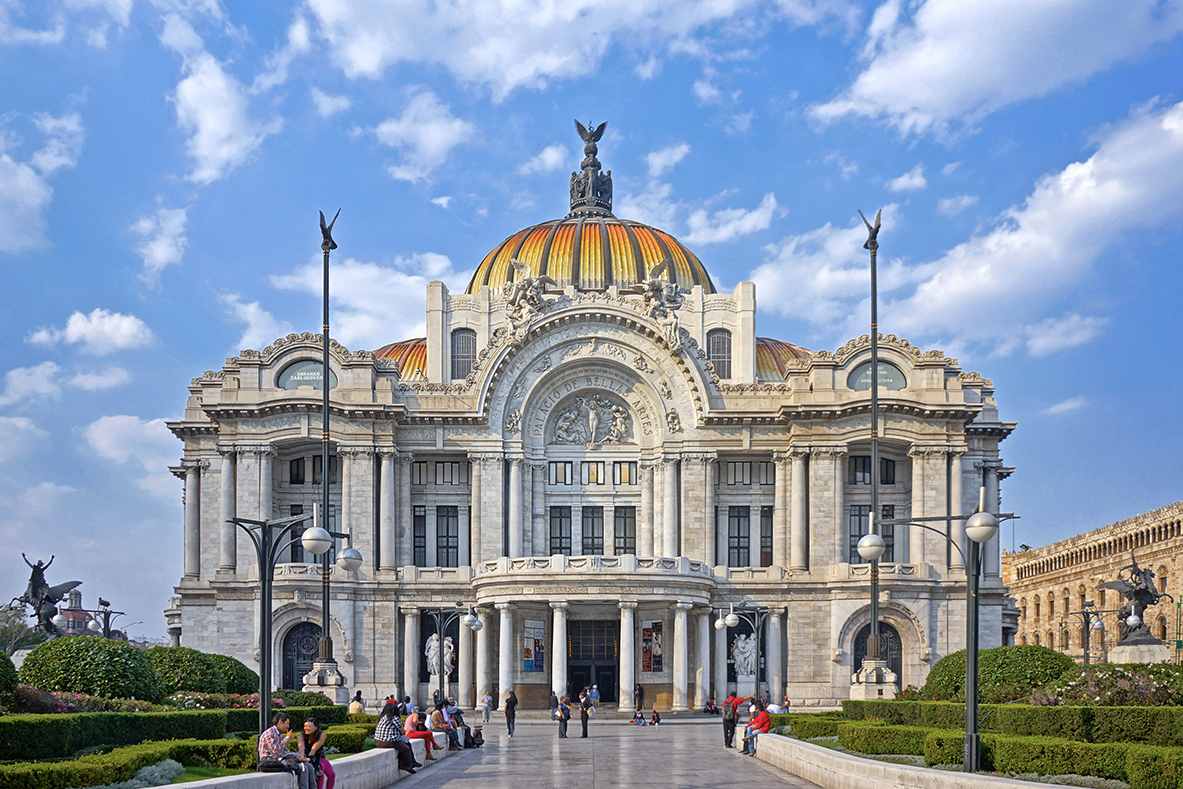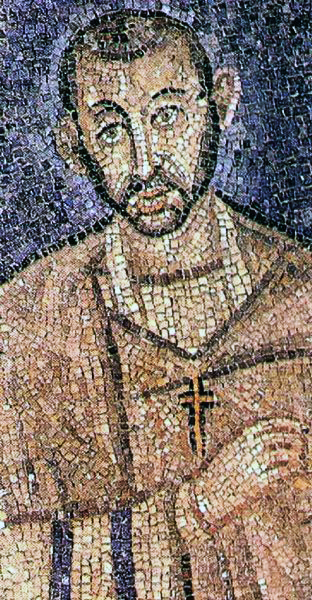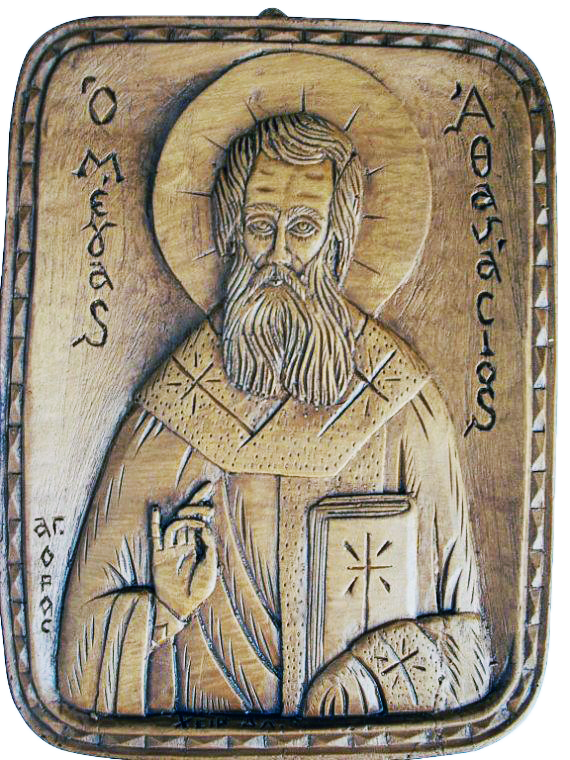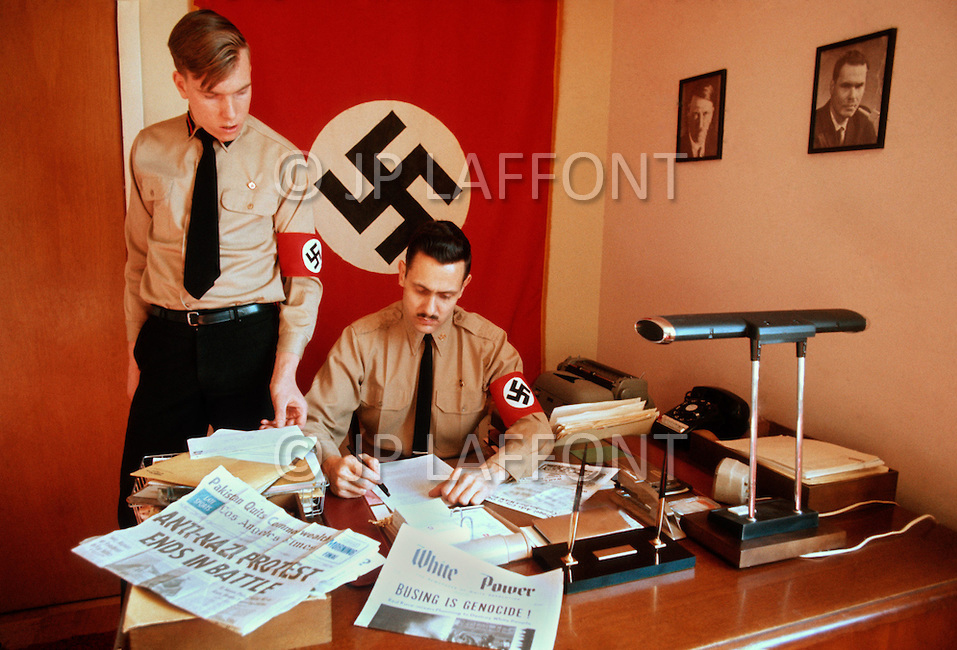by Ferdinand Bardamu
 Section IV: Christianity and the narrowing of the Western intellectual horizon
Section IV: Christianity and the narrowing of the Western intellectual horizon
Christians declared all-out war on the secular foundations of the Roman state. In doing so, they inevitably attacked Rome’s tradition of great art and architecture, as well as the vast storehouses of scientific and technical knowledge that had been accumulated over the centuries. Christians who desired the total eradication of paganism had nothing viable with which to replace the secular culture of the late antique world.
Many Christians, conscious of the inferiority of their own religious traditions when compared to the majestic scientific and philosophical achievements of Western culture, attacked secular learning out of envy and spite. This intellectual poverty of the Christian religion induced a significant narrowing of Western intellectual horizons. The entrenchment and consolidation of the Nicene state religious cult obviated the necessity of a classical education for worldly success. Many pursued a religious vocation instead, an option that suddenly became attractive as the Christian church increased in power and influence.
The 4th century witnessed the dismantlement of the public education system by zealous Christians, who were disgusted with the paganism of the classical academic curriculum. The Christian emperors, unlike their pagan antecedents, did not patronize secular philosophy and science; the administrative apparatus responsible for disbursement of state funds, now controlled by an ecclesiastical bureaucracy, withheld them in the case of teachers who specialized in the classics. This angered many of the last remaining pagans of late antiquity, who bitterly complained about the role of Christianity in spreading a general lack of interest in pursuing a secular education.
A man with a classical education was no longer as highly esteemed as he once was before the age of Constantine. The leaders of the empire’s most powerful institution, the church, contemptuously dismissed their learning as mere “worldly wisdom.” In the eyes of the church, reliance on the faculty of reason alone was the mark of demonic possession, a path fraught with snares for lost souls on the way to eternal damnation in the fires of hell.
This made the educated man condescending and arrogant, as well as too sophisticated for the simple message of the gospels, which he derided as a collection of childish fables. An educated man would also question Christian doctrine, even embrace heresy, making him especially dangerous from an ecclesiastical point of view. The existence of the classical curriculum posed a significant obstacle to the imperial policy of Christianization. By downgrading and marginalizing the pursuit of a secular education, the church was able to gradually eliminate this threat, producing a more docile public, like the sheep in the parables of Jesus. From now on, Christians like Martin of Tours would have more important things to do than learn how to read and write.
The final triumph of orthodoxy over reason is enshrined in the church’s canon law, which forbade clergy and laity from reading the secular literature of antiquity. This canonical prohibition was famously enforced by Pope Gregory I, who severely reprimanded his bishops for instructing students in classical literature. “One mouth cannot praise both Christ and Jupiter at the same time,” thundered Gregory from the Papal See in Rome.
The Church controlled all medieval scriptoria in Europe. Advice to monks from church leadership, ordering them to despise all secular knowledge as “foolishness in the eyes of god,” exercised a damaging influence on the scribal transmission of classical literature, merely strengthening the clerical refusal to not copy works of pagan origin. What followed was the inevitable loss of the knowledge needed to run an advanced pre-industrial society.
This only worsened and prolonged the Dark Ages, reducing Europeans to a Neolithic existence in the process. Gregory’s hatred of Rome’s secular past was so fierce he was rumored to have personally hunted down and burnt every copy of Titus Livy’s History he could get his hands on. The Library of the Palatine Apollo, first established by Augustus in Rome, was burnt to the ground on his orders. This was to protect the faithful from being contaminated by the “poison” of secular Greek and Latin literature.
Isidore of Seville was the only real “intellectual” for 200 years of western European history. His Etymologies, the most popular and widely used textbook of the Middle Ages, was written in support of Christian “fundamentalism.” Although unsurpassed in topical comprehensiveness, Isidore’s intellectual depth and range of knowledge are considerably inferior to the Roman encyclopedists who preceded him.
Isidore lived in a geocentric universe enclosed within a rotating star-studded sphere, not unlike the cosmology of the ancient Hebrews. Between the flat earth and the outer sphere are seven concentric inner spheres. The concept of infinite space was completely alien to Isidore’s way of thinking; the universe is a small place with definite boundaries. The fact that all knowledge could be summarized in a single volume shows how drastically intellectual horizons had narrowed under Christian influence. Isidore regarded all pagan science and philosophy as heresy anathema to right-thinking Christians.
The church, using the Etymologies as a guide, censored and suppressed the pagan literature quoted in its pages. Isidore further denigrated intellectual curiosity as “dangerous” and “harmful.” Isidore’s widely influential Monastic Rule warned monks of the dangers of reading pagan literature; the rule stated that ideally monks should be completely ignorant of all secular knowledge. Isidore’s condemnation of secular knowledge reinforced the prevailing “fundamentalist” orthodoxy of the church, which demanded the censorship and suppression of all pagan science and philosophy.







